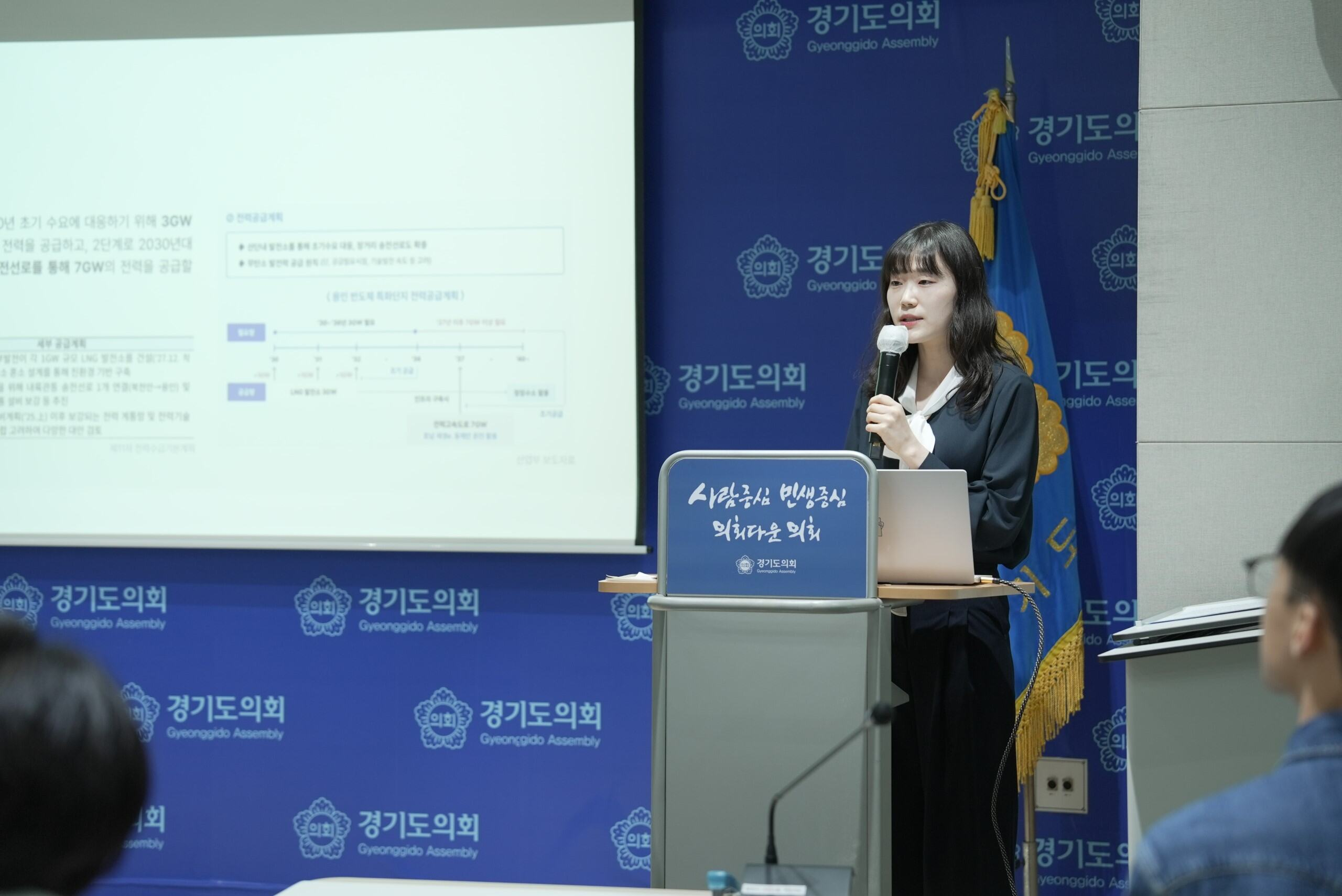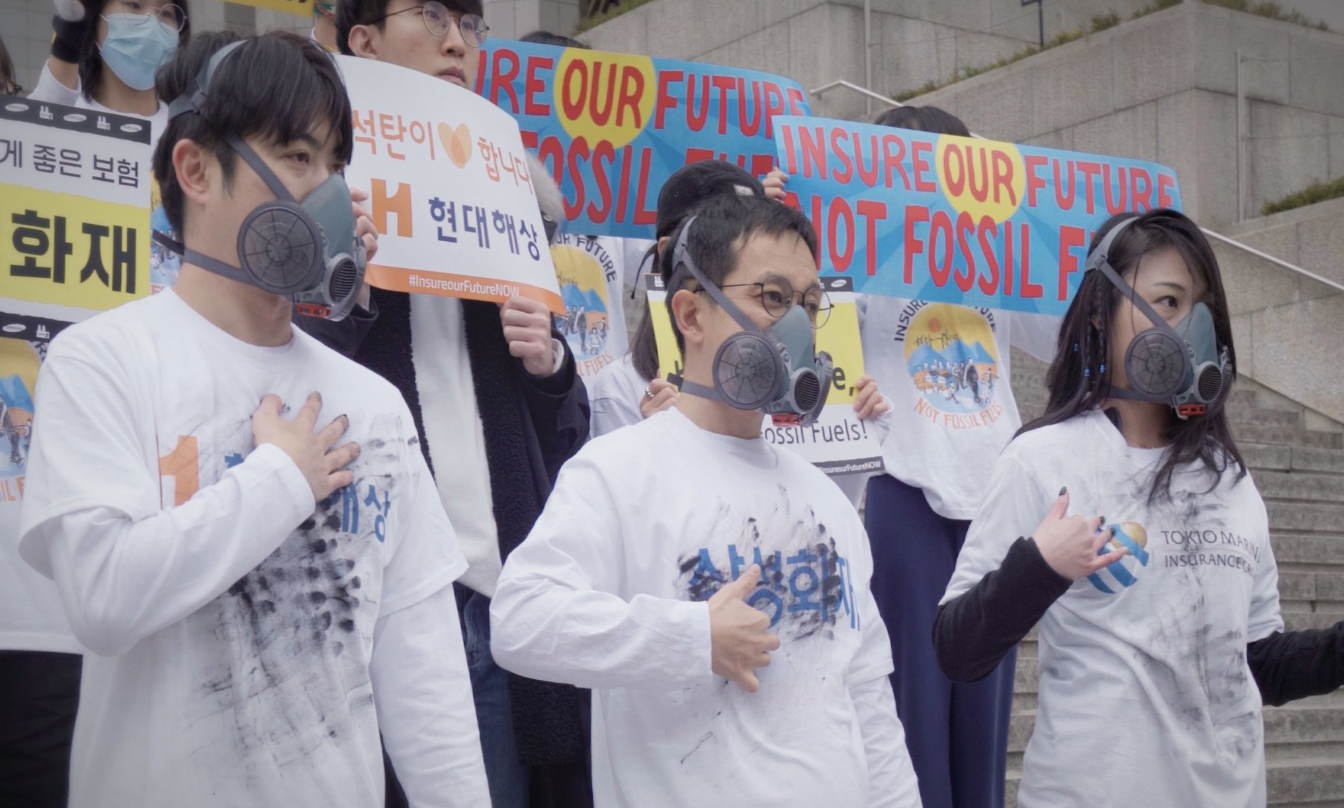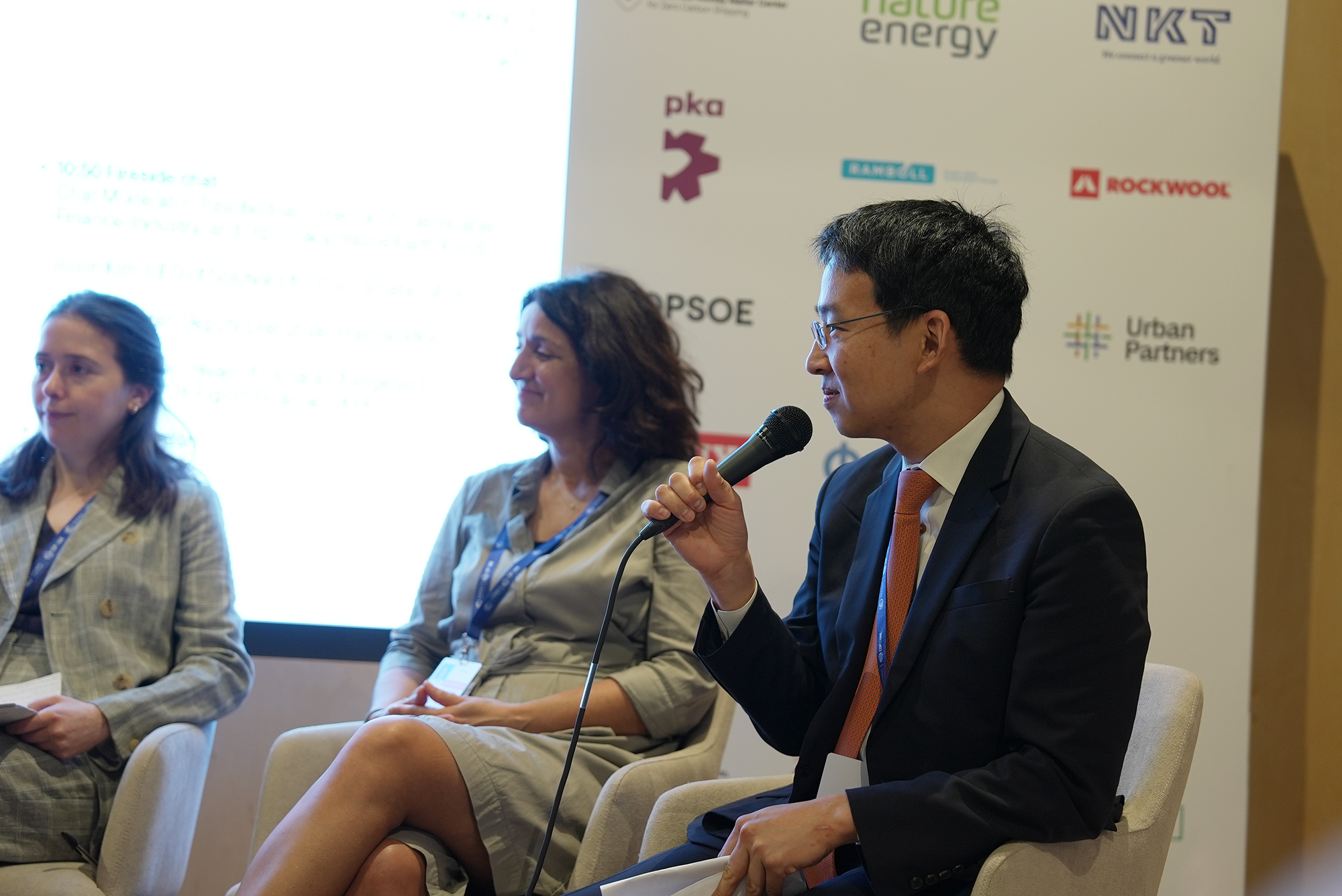
About
To achieve carbon neutrality in the steel industry through hydrogen-reduced ironmaking, green hydrogen must be used in the process. However, the current national hydrogen policy does not provide a support plan for green hydrogen production required by the industrial sector. This study evaluates the economic viability of green hydrogen-based hydrogen-reduced ironmaking processes based on the current hydrogen policy and proposes strategies to enhance the economic viability of low-carbon steel production.
Download report
Executive summary
The introduction of policies supporting green hydrogen production is an essential condition for achieving national carbon neutrality goals, ensuring energy security, and strengthening industrial competitiveness. The competitiveness of key industries such as steel will depend on their ability to produce low-carbon, high-value-added products. Without comprehensive support for low-carbon fuels like green hydrogen and renewable energy, South Korea's industry will remain reliant on fossil fuels and risk becoming uncompetitive.
The domestic expansion of hydrogen-reduced ironmaking can accelerate the realization of Korea's hydrogen economy, strengthen energy security, and contribute to job creation and regional economic development through new infrastructure construction. Currently, the government plans to increase domestic self-sufficiency in clean hydrogen by importing hydrogen produced overseas. However, it has proposed an underestimated price for imported hydrogen, failing to accurately estimate the liquefaction and transportation costs required for importing hydrogen.
This research shows that if green hydrogen required for hydrogen-reduced ironmaking is produced and procured overseas, the production cost per ton of hydrogen-reduced ironmaking is projected to be KRW 220,000 (USD 159) higher in 2033 and KRW 590,000 (USD 428) higher in 2050 compared to using domestically produced green hydrogen.
Even if domestic green hydrogen prices are optimistically projected to decline, it is estimated that an additional cost of approximately KRW 300,000 (USD 217) per ton of steel will be required for hydrogen-reduced ironmaking compared to the blast furnace-converter process by 2050. However, this cost could be partially or fully offset through policies such as expanding renewable energy to reduce PPA prices, supporting the production and purchase of renewable energy for electrolysis, and expanding the market for low-carbon steel products.
Key findings
The current government plans to increase domestic self-sufficiency in clean hydrogen by importing hydrogen produced overseas. However, it has proposed an underestimated price for imported hydrogen without accurately predicting the costs of liquefaction and transportation for importing hydrogen. This increases uncertainty over the domestic supply of green hydrogen.
According to the scenario analysis, if all hydrogen is produced and supplied domestically through the development of green hydrogen production infrastructure and the expansion of renewable energy generation, the cost required to produce one ton of steel is approximately 38% lower compared to the import-oriented hydrogen supply scenario.
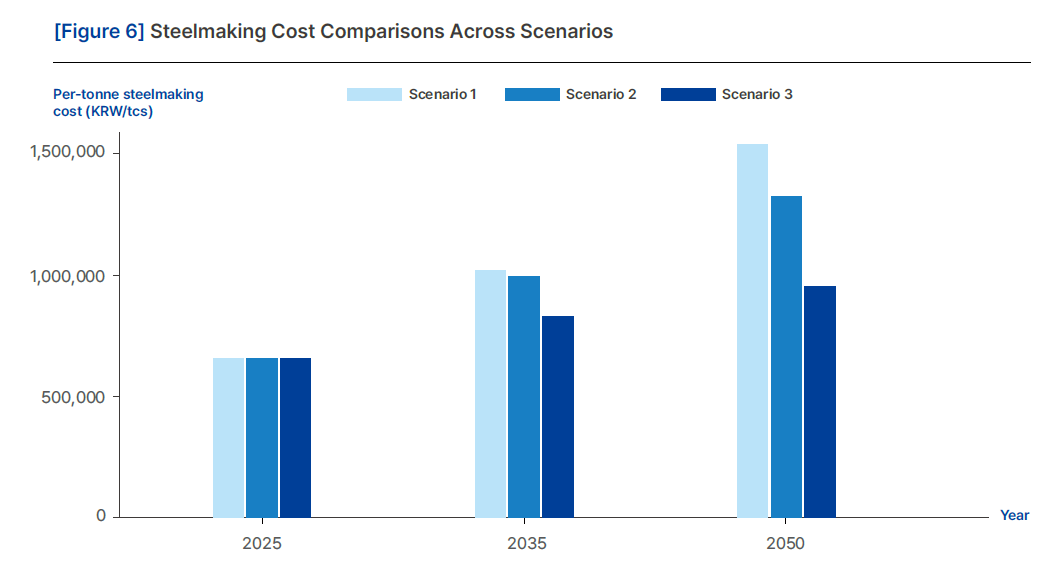
The transition to hydrogen-reduced ironmaking is likely to occur once the economic viability of hydrogen is secured. To quickly establish green hydrogen-based hydrogen-reduced ironmaking facilities in Korea, it is necessary to update the Hydrogen Utilization Roadmap for the steel sector in the Second Master Plan for Hydrogen Economy Implementation.
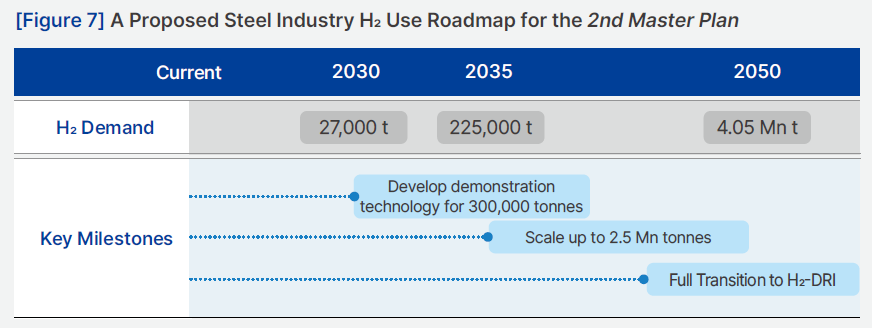
The 300,000-ton-scale hydrogen-reduced ironmaking demonstration technology development project starting in Pohang in 2026, can be integrated with a green hydrogen production demonstration project to simultaneously enhance the economic viability of hydrogen production and hydrogen-reduced ironmaking.
To ensure the economic viability of green hydrogen, increased production and enhanced supply of renewable energy are essential. In addition to policy reforms for renewable energy production, it is necessary to establish national targets for renewable energy-based electrolysis in the Power Supply Master Plan and the Second Master Plan for Hydrogen Economy Implementation.


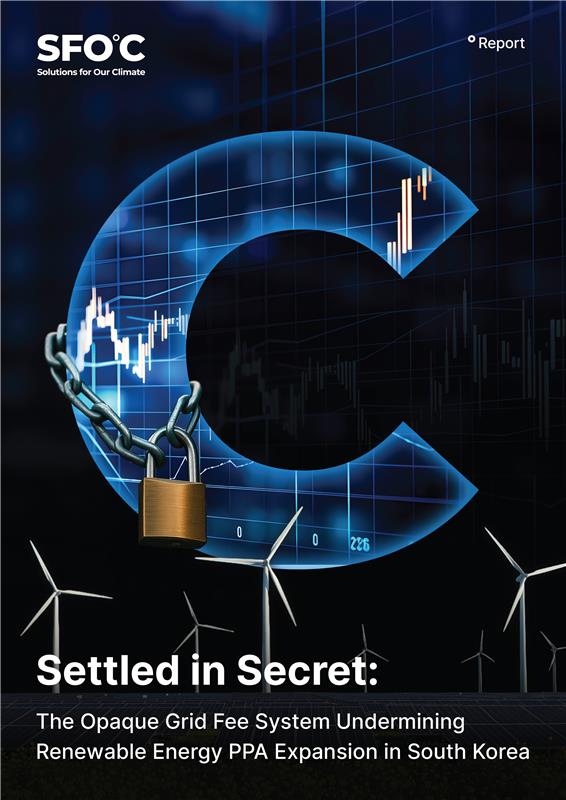
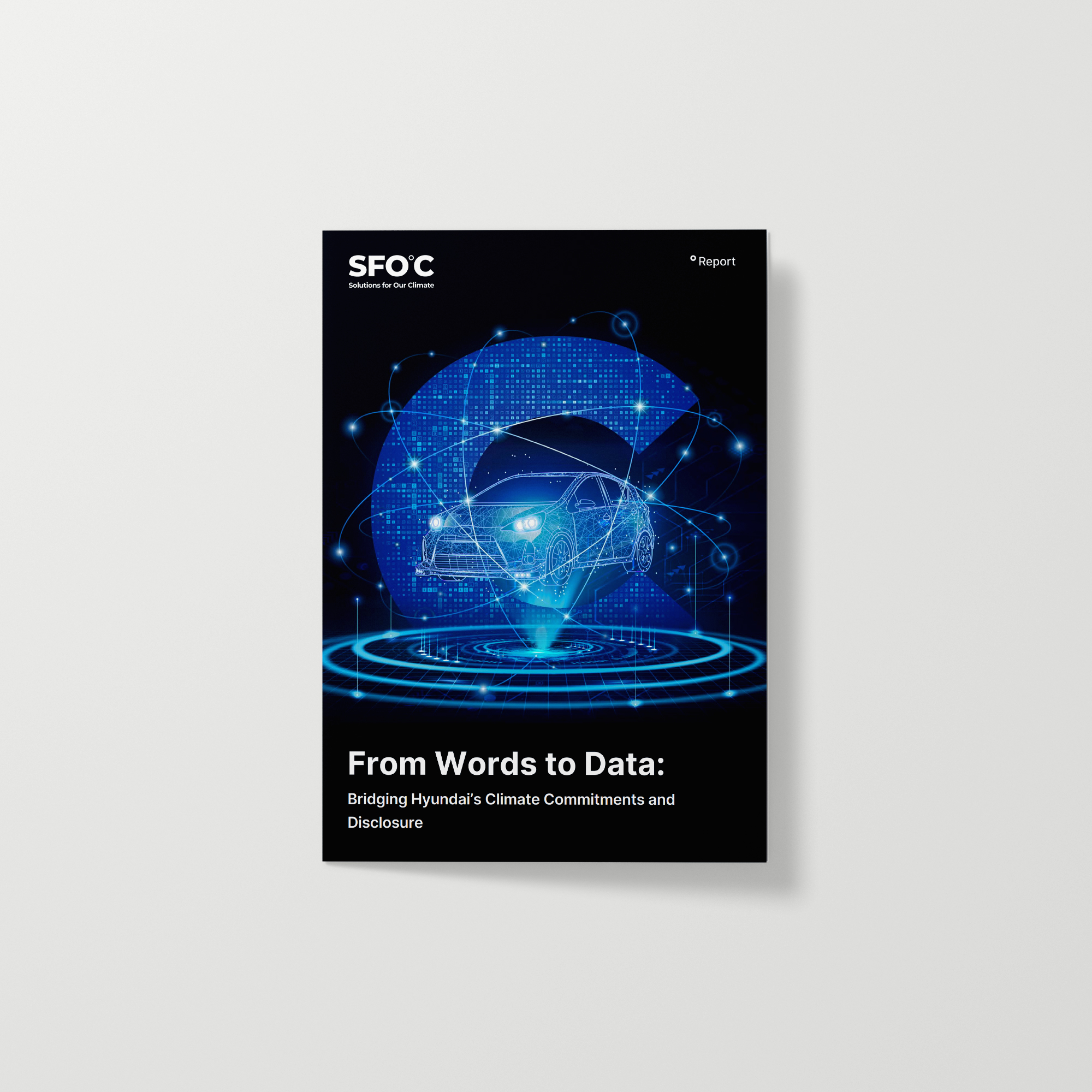
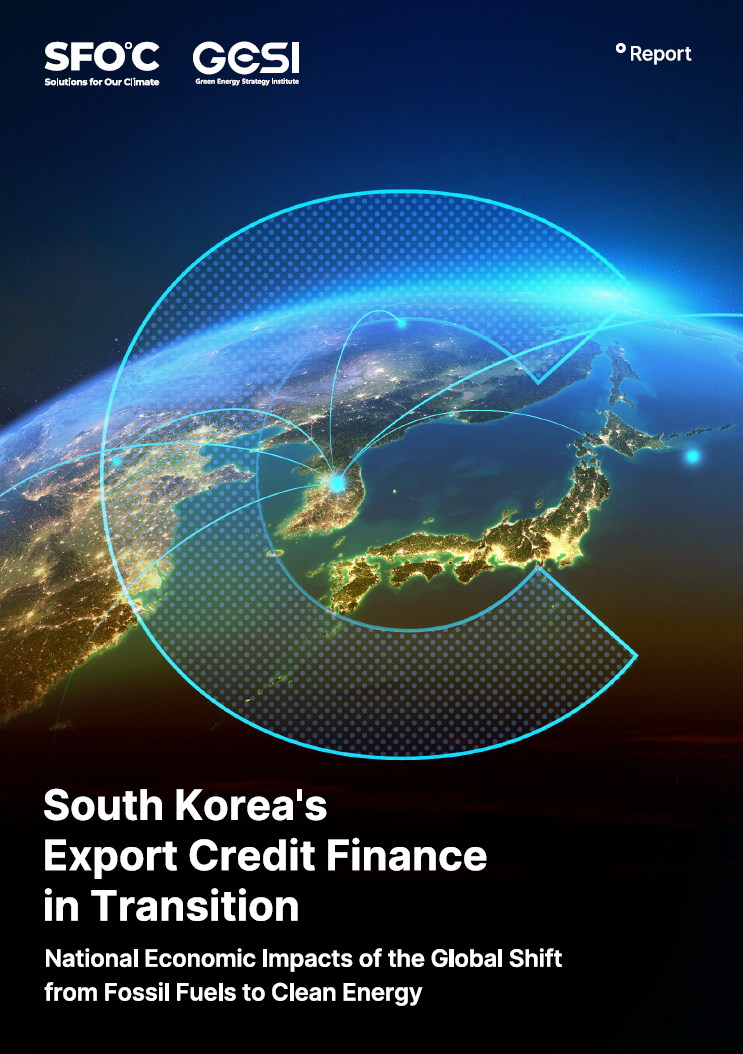
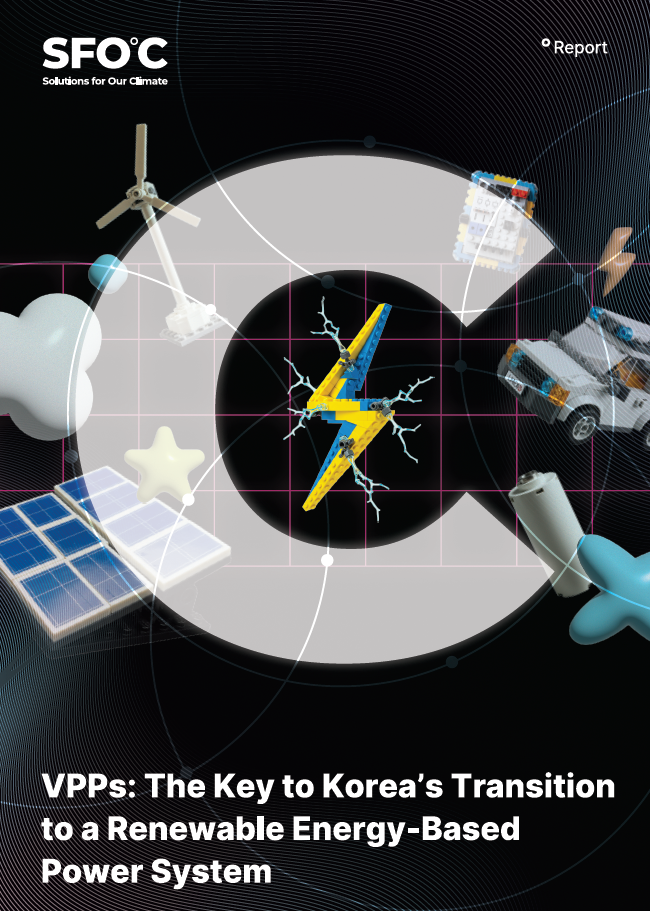
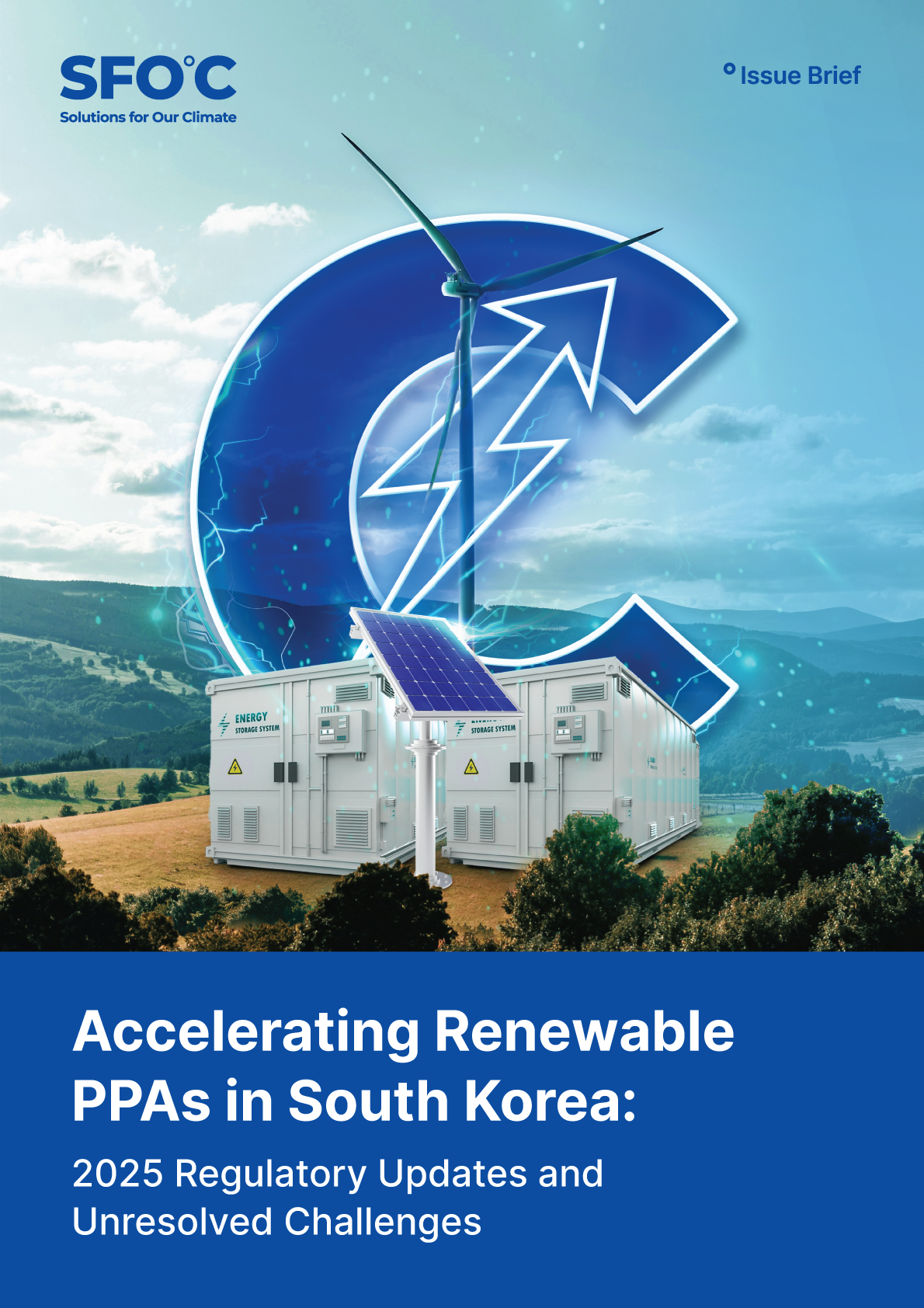
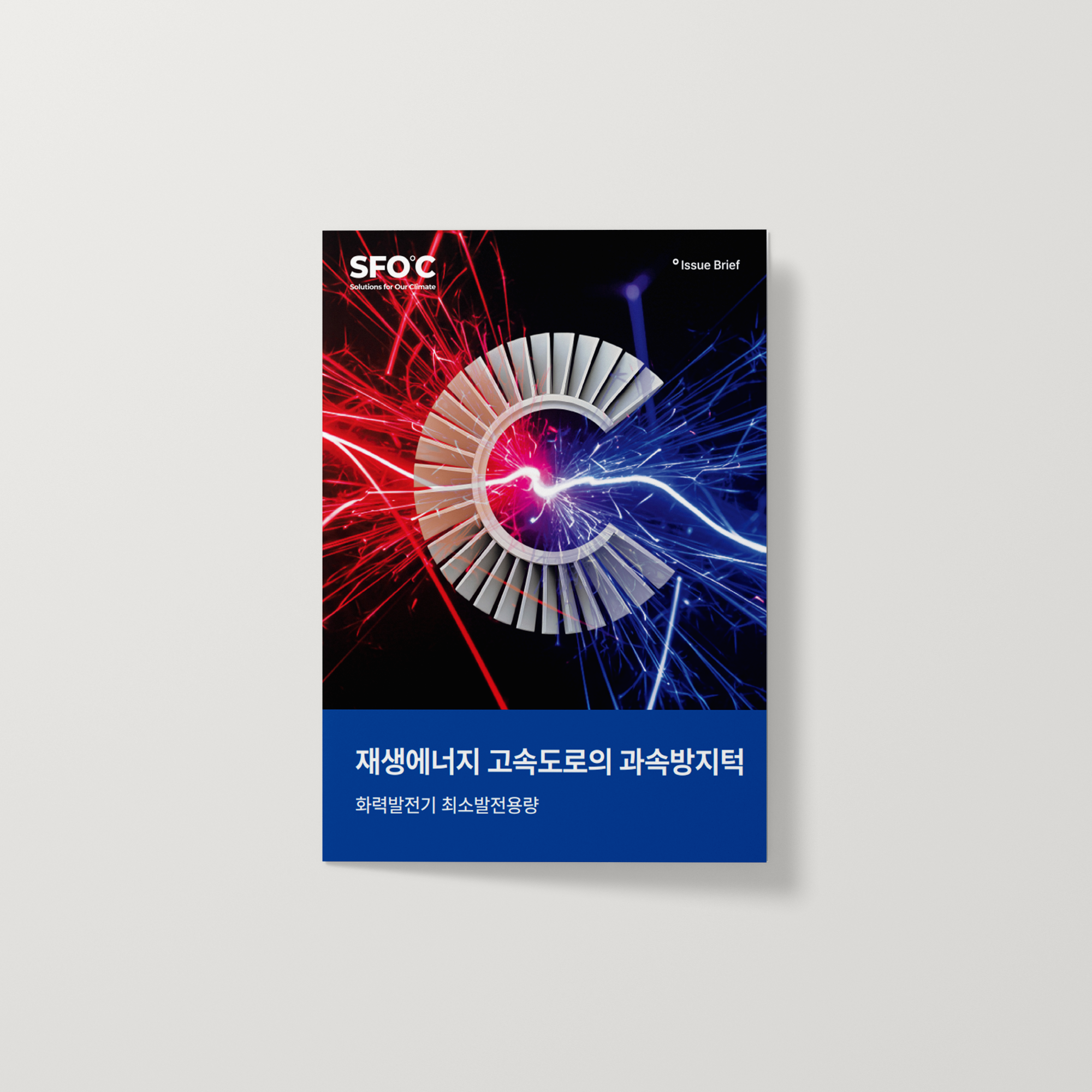











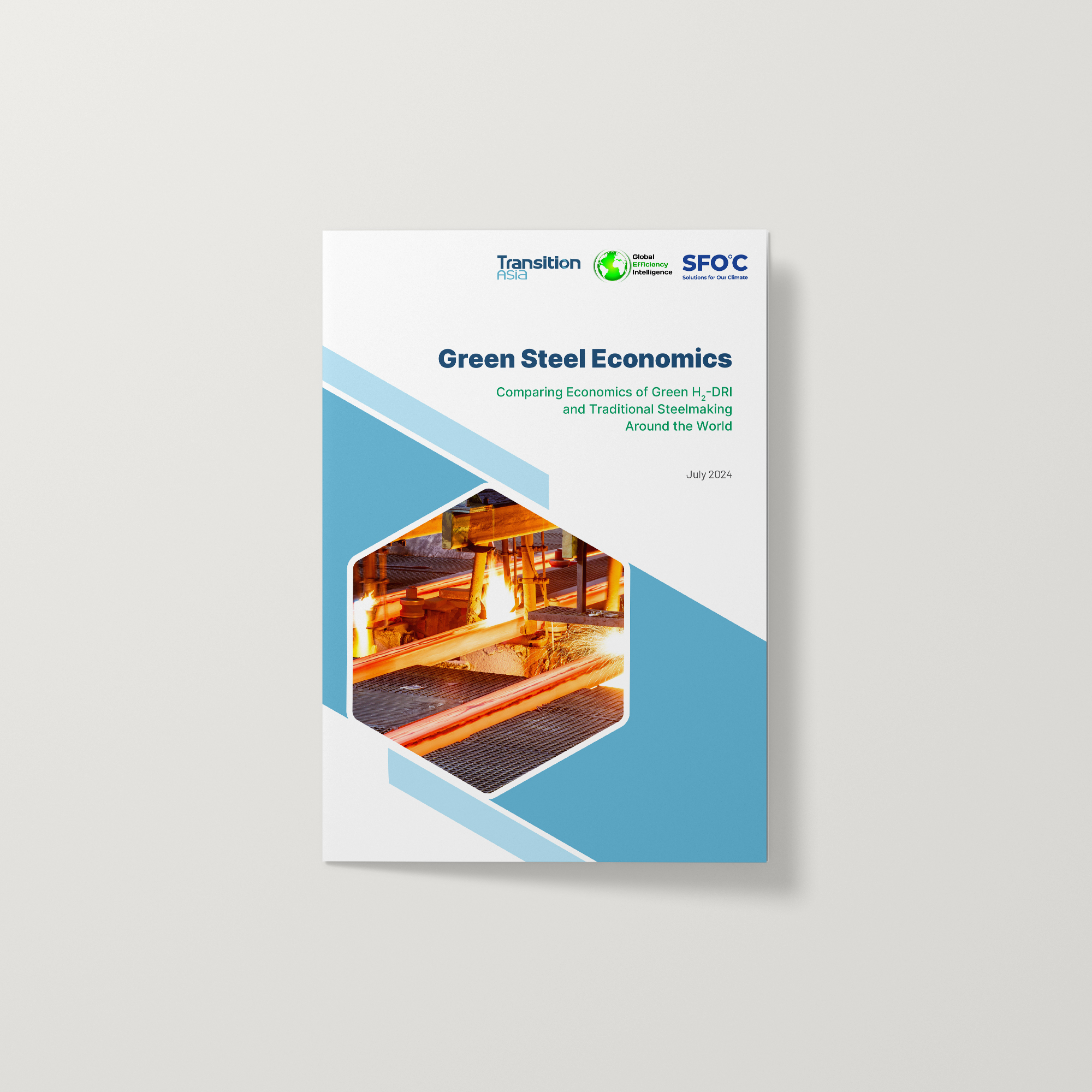







![[CREA-SFOC] Unveiling the Truth Behind Blast Furnace Pollution_South Korea](https://content.sfoc.tapahalab.com/images/research/C4Xvdme.jpg)






